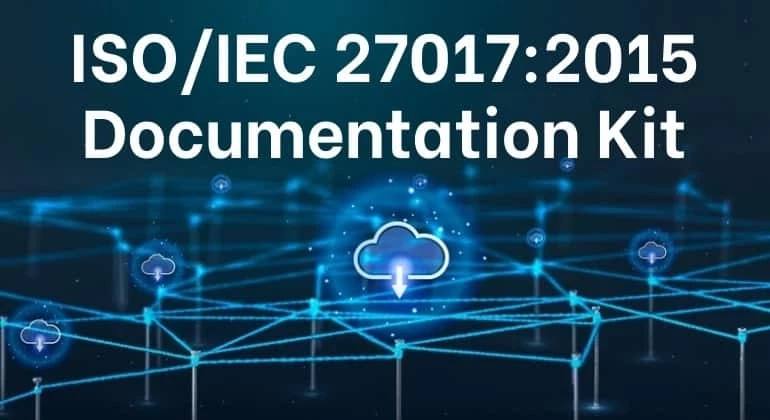Building Cloud Security: ISO 27017 Documentation in Practice
In the age of everywhere cloud adoption, securing data and fostering trust are paramount concerns for both organizations and cloud service providers (CSPs). The ISO 27017 standard, building upon the foundation of ISO 27001, offers a robust framework for establishing information security controls specific to cloud services.



